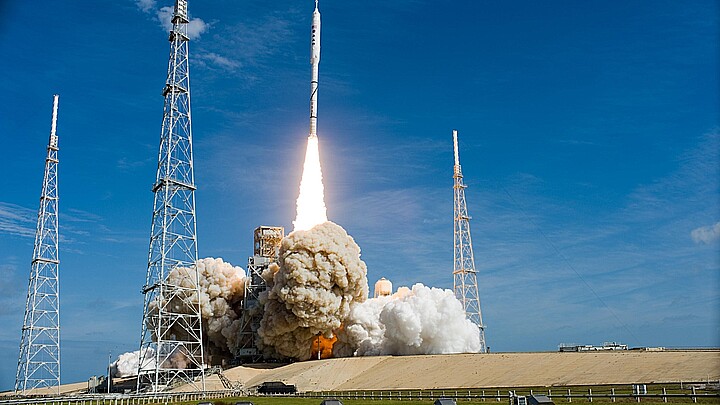Technology
Sonic booms heard in Central Florida after secret spaceplane returns to Earth
Residents said they could even feel their houses shake during the landing. Others said there was a smell of sulfur in the air
November 15, 2022 5:54am
Updated: November 15, 2022 9:58am
Central Florida residents reported hearing several sonic booms and seeing a series of flashes on Saturday, leading several to come up with their best guesses of what had caused such an event, ranging from a meteor strike to a UFO.
However, the sonic booms originated from a secret Space Force spaceship that landed at Cape Canaveral after its most recent trip to outer space.
The 30-foot-long X-37B military ship landed at around 5 a.m. in Central Florida, creating dozens of sonic booms before it landed. The booms could be heard up to 60 miles away from the landing site, according to Fox 29.
Residents said they could even feel their houses shake during the landing. Others said there was a smell of sulfur in the air.
Here is the recording from our camera at 5:17:27 #orlando #sonicboom pic.twitter.com/9ta1CvXIa9
— Carlos (@cfalfonso) November 12, 2022
The unmanned spacecraft just came back from spending a record-breaking 907 days in orbit—118 more than its previous record, according to USA Today. Since it first launched in 2010, the Boeing space vehicle has done six missions in space and has traveled 1.2 billion miles over the course of 3,774 days.
The X-37B’s missions are usually kept a secret. However, some secondary tasks that the spaceship performs are publicized. In this last trip, for example, several NASA experiments were carried out, the Space Force said in a statement.
One of the experiments “successfully harnessed solar rays outside of Earth’s atmosphere and aimed to transmit power to the ground in the form of radio frequency microwave energy,” according to the statement.
“The X-37B continues to push the boundaries of experimentation, enabled by an elite government and industry team behind the scenes,” said Lt. Col. Joseph Fritschen, the program director for the Air Force’s Rapid Capabilities Office, in a statement.
“The ability to conduct on-orbit experiments and bring them home safely for in-depth analysis on the ground has proven valuable for the Department of the Air Force and scientific community. The addition of the service module on OTV-6 allowed us to host more experiments than ever before.”










